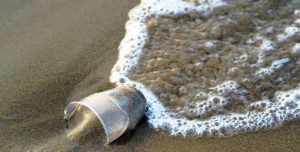Explore the different types of peccaries found in Costa Rica, as well as their importance in the local ecosystem, habitats, behavior, and social structure.
GVI
Posted: May 10, 2023

Posted: September 23, 2020
Imagine waking up in a beautiful home, your dream home. It’s perfect for you, fits your needs and is exactly what you want.
Then slowly, over the years, more and more plastic garbage ends up in your yard, on your beautiful house, and makes its way inside your home.
You begin waking up in the morning with plastic bags laying with you in bed. Tiny pieces of plastic begin showing up in your food. You step on plastic when you walk down the stairs to get a cup of coffee in the morning.
This plastic garbage accumulates to the point where you can’t live in your dream home anymore. Your beautiful house seems unliveable but you have no where else to go.
What can you do?

Imagine being a fish or a large whale when 8 MILLION TONS of discarded plastic waste ends up where you’re living.
You mistake a plastic bag for a jellyfish, you accidentally swallow tiny plastic pieces in addition to the fish you were eating, or large plastic pieces get stuck on your fins.
If you wouldn’t consider this acceptable in your home, then why is it acceptable for the undeserving marine life in the ocean?.
Acknowledging and reducing the amount of plastic waste you consume on a daily basis and raising awareness is a great step forward in the fight against ocean plastic pollution.
Explore the different types of peccaries found in Costa Rica, as well as their importance in the local ecosystem, habitats, behavior, and social structure.
GVI
Posted: May 10, 2023